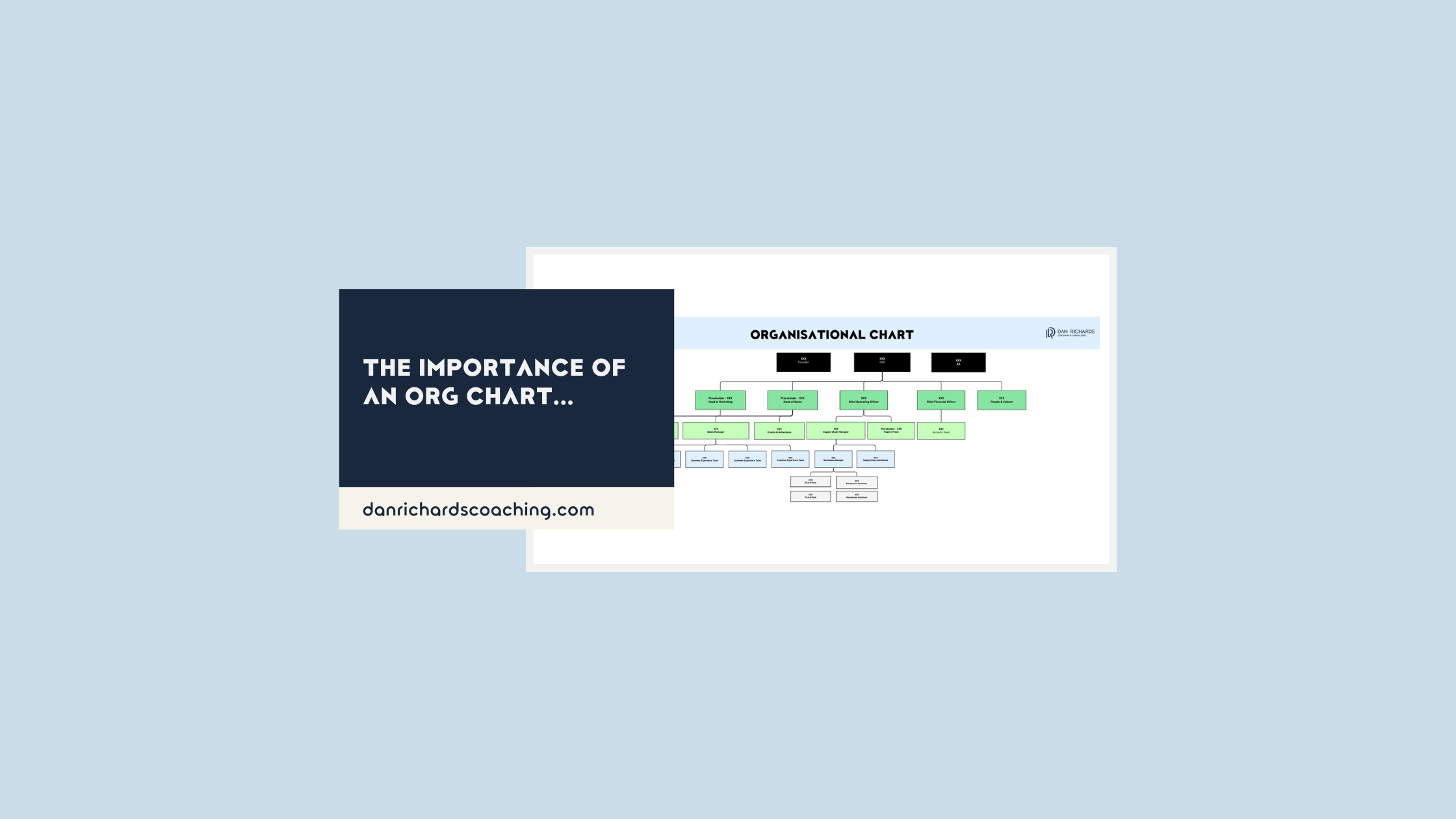As a small business owner, you’re used to chaos. Your team members wear many hats, the days are a whirlwind, and everyone just knows what to do, right? But what if I told you that the secret to scaling your business and creating a thriving culture isn't another marketing strategy or a new software system? It’s a simple organisational chart.
It's surprising how many small businesses operate without a clear org structure. When I ask owners why, I often hear, "We’re small, and everyone wears multiple hats," or "We don't want to look too corporate." But how can you expect your team to understand where they fit into the bigger picture if you can't even provide them with a simple chart?
Without clarity, you risk confusion, duplication of effort, and a lack of accountability. Providing a clear structure is the first step toward empowering your team and preparing your business for future growth.
Step 1: Create Your "Right Now" Org Chart
Your first step is to create a living, breathing document that reflects your current business structure. This isn't just about names and job titles; it's about defining roles, responsibilities, and reporting lines.
-
List Every Role: Start by listing every single role needed to run your business, from marketing to operations.
-
Assign Names: Place your team members' names next to their core roles.
-
Acknowledge the "Hat Wearers": If a team member is covering multiple roles, simply put their name next to each one. This provides immediate clarity on their responsibilities. For non-core roles that you plan to fill in the future, use the word "placeholder" next to their name. This shows your team that their multi-faceted role is temporary and that you have a plan to hire more support as the business grows.
Once your org chart is complete, share it with your team. Consider having one-on-one discussions with key team members first, then present it to the broader group. Emphasise that this is a live document—it should be updated as roles and responsibilities evolve.
Step 2: Build the Org Structure for the Future
Now that your team has clarity on their current roles, it's time to give them something to strive for. What does your business look like in 3 to 5 years?
Creating a future org chart allows you to:
-
Identify Growth Opportunities: Show your team what roles they could potentially grow into. This provides a clear career path and motivates them to develop their skills.
-
Inform Personal Development Plans (PDPs): By seeing the future structure, team members can identify skills they need to learn to prepare for new roles. This makes their personal development plans more targeted and meaningful.
Step 3: Communicate Your Vision
With a clear org structure for both the present and the future, you can now effectively communicate your business's short-term and long-term plans. When your team understands where the business is headed and how their individual roles play a vital part, you will be amazed at the cultural shift that occurs.
Clarity creates a sense of purpose. It replaces the feeling of just "doing a job" with the understanding that every action, every decision, and every role is contributing to a collective goal. This is how small businesses move from surviving to thriving.
What's holding you back from creating your org chart today?
Book your free 30 minute discovery call here.
Org Chart Example only






